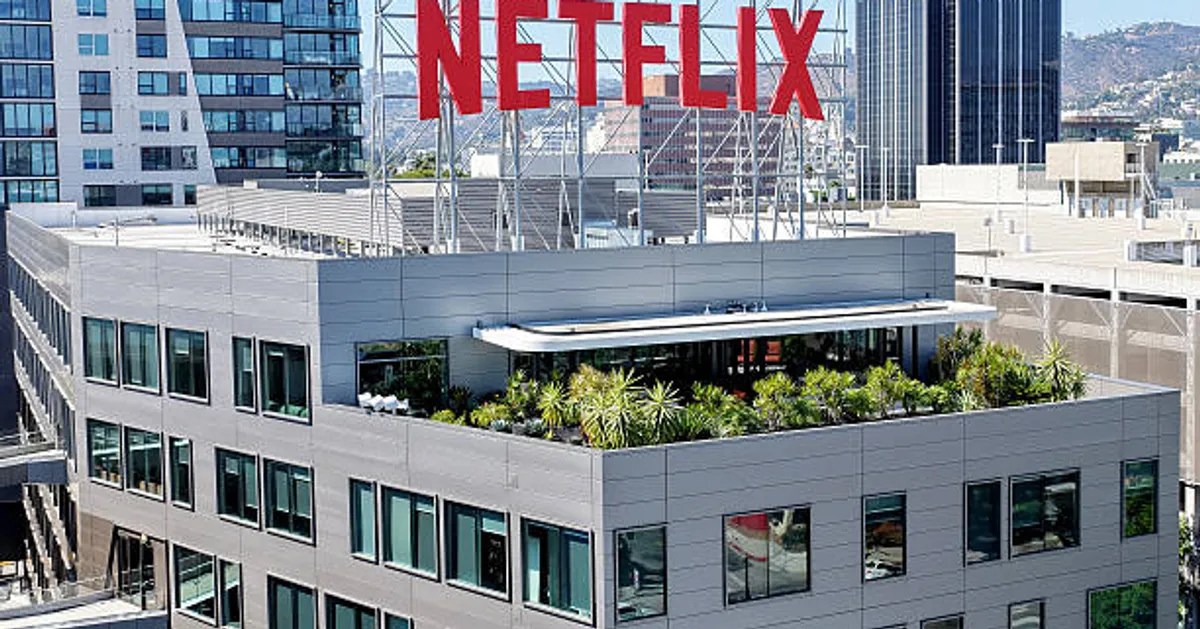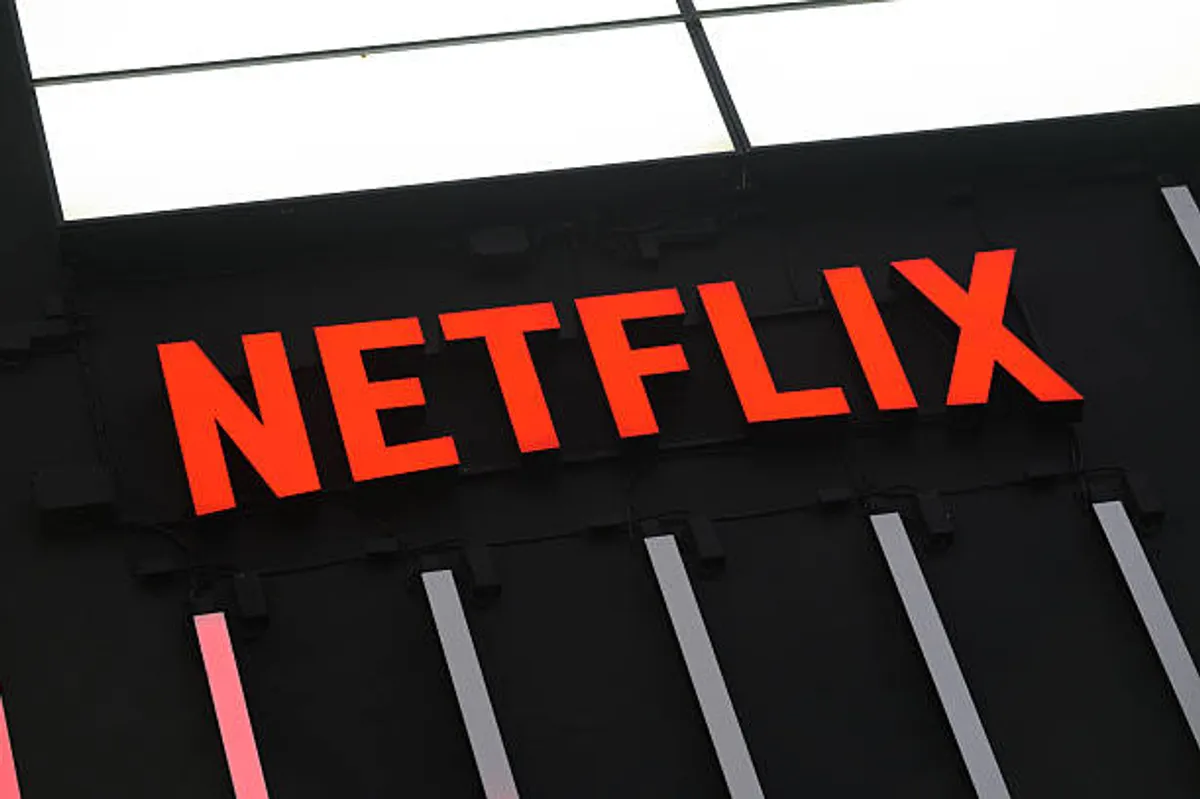
Netflix’s Ad and Gaming Gambles Under the Microscope as Investors Demand Payoff

GeokHub
Contributing Writer
Netflix Inc. finds itself at a crossroads as investors scrutinise the streaming giant’s recent pivot into advertising and gaming—two ambitious ventures that could determine the future of its growth story. While the company’s stock rally this year has added roughly $120 billion in market value, doubts are emerging about whether these new strategic paths will deliver returns that match their lofty expectations.
Advertising Tier: Promising, Yet Still Nascent
Netflix’s push into the ad-supported tier has been a standout initiative, with the offering now attracting approximately 94 million users by mid-year. The company hopes this tier will become a major growth driver, especially as it garners more advertisers by leveraging its global scale and rich content catalogue. Analysts expect the ad-tier to contribute about $662 million in revenue this quarter.
However, the lift to total revenue is still modest and comes against a backdrop where Netflix has shifted away from reporting subscriber numbers—choosing instead to emphasise revenue and profitability metrics. Some investors caution that without clearer metrics on engagement and monetisation, confidence in the ad strategy may waver.
Gaming: A High-Stakes Moonshot
Netflix has invested close to $1 billion in acquiring game studios and building its gaming platform, which now offers over 120 mobile titles. This includes in-house games tied to its original shows and well-known franchises like “GTA: San Andreas.” Despite the scale of this investment, engagement remains underwhelming: research firm Omdia estimates gaming has lifted user time spent by less than 0.5 % since launch.
Industry watchers highlight Netflix’s lack of iconic gaming IP as a structural disadvantage compared with entertainment rivals that hold major franchises. Additionally, many gamers view Netflix primarily as a streaming platform—changing that perception proves challenging even with casual or family-friendly titles.
Content and Financial Pressure
The third quarter will also test Netflix’s strength in core streaming business, with hit titles such as “K-Pop Demon Hunters” and the new season of “Wednesday” expected to drive the strongest revenue growth in over four years. Forecasts suggest revenue may rise 17.2% to $11.51 billion, and net income by 27% to about $3.01 billion.
Yet analysts note that the ad and gaming arms must justify their share of incremental investment. Portfolio managers point out, “We understand why they’re taking these measures to diversify revenue, but in the short term they are not profitable segments.”
What Investors Want to See
For investors, the real questions now are:
- Can Netflix turn its ad-tier momentum into sustainable and scalable profitability?
- Will gaming evolve from a strategic experiment into a meaningful business segment?
- Can Netflix’s content machine maintain its edge while supporting these new growth engines?
A disappointment in any of these areas may dampen recent optimism and challenge the narrative of Netflix as “winner-takes-most” in streaming. But hit results could reaffirm the company’s ability to reinvent itself beyond subscriptions.








